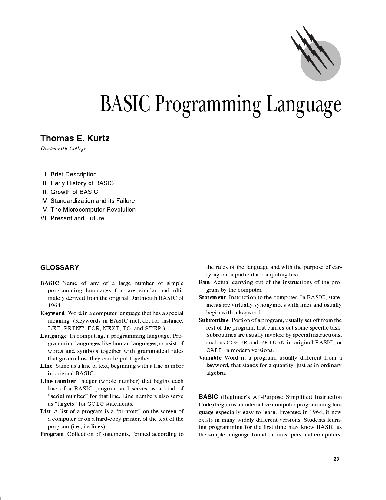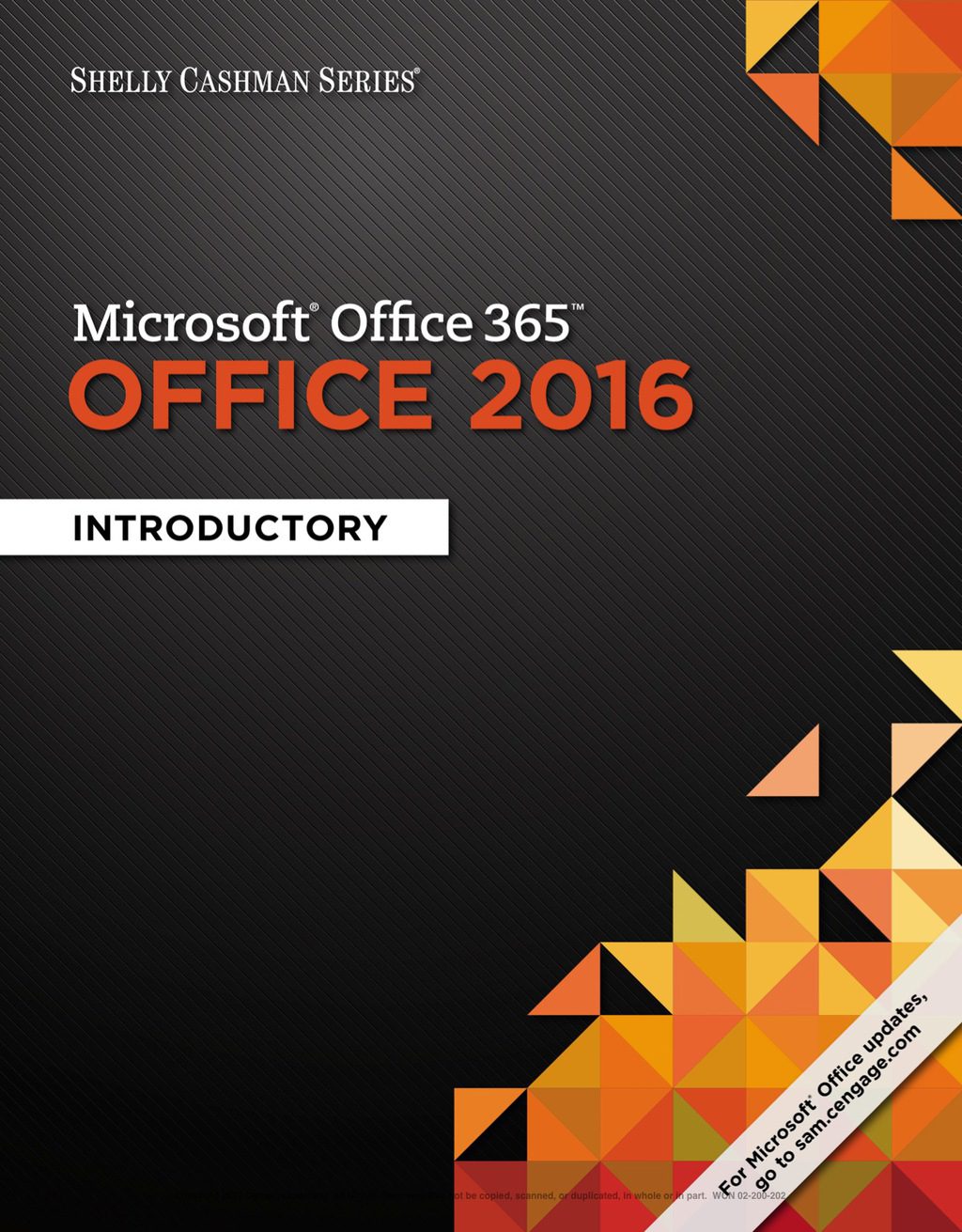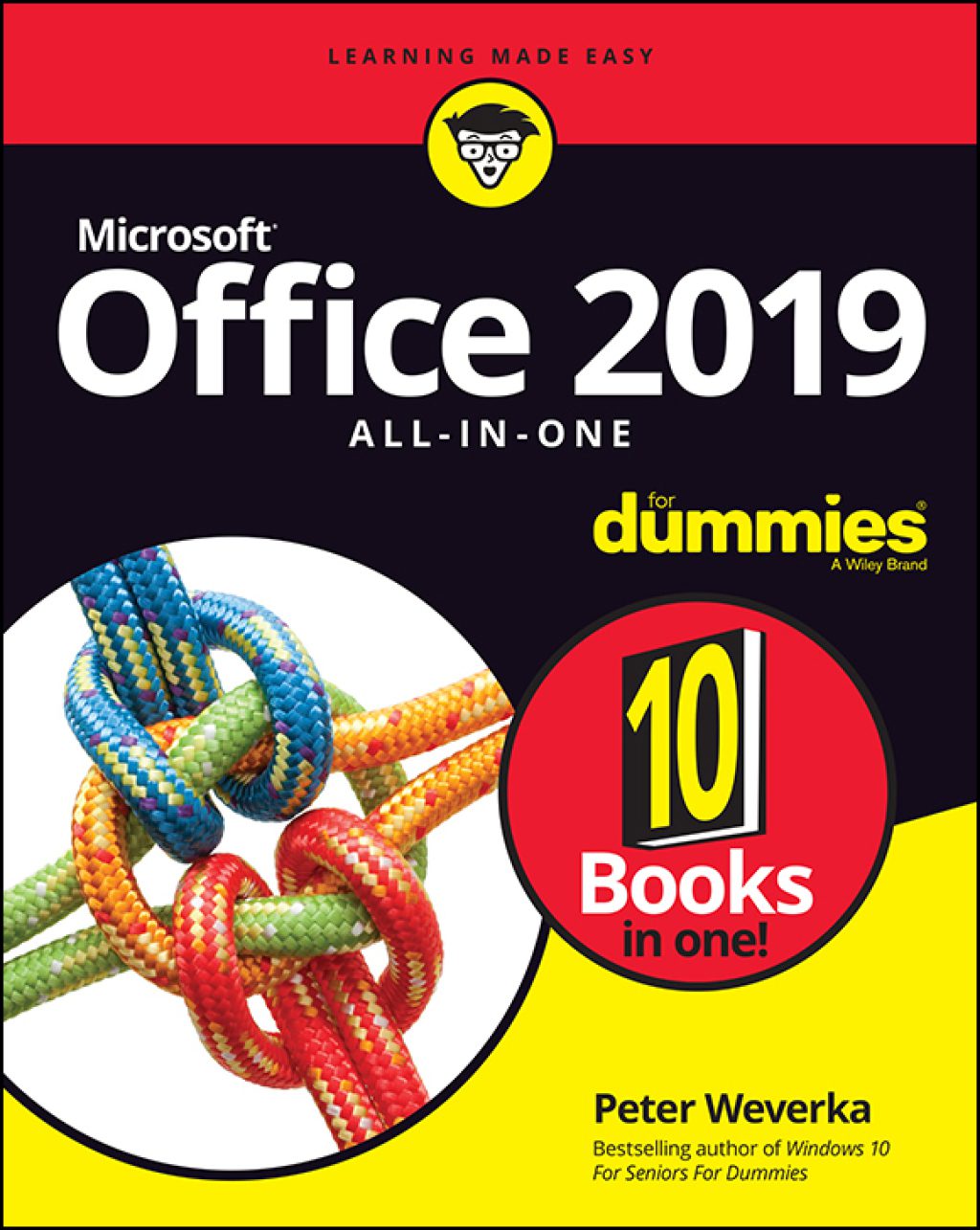Robert A. Meyers (Editor-in-Chief)
Table of contents :
Glossary……Page 1
Brief Description……Page 2
The First Dartmouth Basic……Page 3
A Number is a Number is a Number; that is, there is Only One Kind of Number in Basic……Page 4
Basic Should be Blank Insensitive; That is, a User Should be able to Type in a Program without Regard to Blank Spaces……Page 5
Strings are Added……Page 6
Overlays are Added……Page 7
Personal Computers Appear……Page 8
Multiple Statements on a Line……Page 9
Strings Proliferate……Page 10
Structured Programming……Page 11
Subroutines……Page 12
BASIC Loses Favor……Page 13
Standard BASIC……Page 14
Basic as a Major Application Language……Page 16
References……Page 17
Glossary……Page 18
The Evolution of C and C++……Page 19
Data Types……Page 20
Operators……Page 21
Control Structures……Page 24
Procedures……Page 26
The C Preprocessor……Page 27
Operator-Rich Syntax……Page 28
Explicit Pointer Usage……Page 29
Key C++ Features……Page 30
Function Overloading……Page 31
Classes……Page 32
Inheritance……Page 33
Exceptions……Page 34
Namespaces……Page 35
Standard Template Library……Page 36
Reference……Page 37
Glossary……Page 38
Algorithms and Programs……Page 39
Algorithm Design……Page 41
Performance Analysis and Measurement……Page 43
Analysis……Page 44
Measurement……Page 46
Lower Bounds……Page 47
Np-Hard and Np-Complete Problems……Page 48
Nondeterminism……Page 49
NP-Hard and NP-Complete Problems……Page 50
Approximation Algorithms……Page 51
Other Heuristics……Page 52
See also the Following Articles……Page 53
References……Page 54
Background and Motivation……Page 55
Viruses, Worms, and so Forth……Page 56
Prevention and Detection……Page 57
Conclusion……Page 58
References……Page 59
Glossary……Page 60
Introduction……Page 61
Cryptosystems: A Mathematical Definition……Page 62
Types of Attacks and Attackers……Page 63
System Attacks……Page 64
Electronic Codebook Mode (ECB)……Page 65
Counter Mode (CTR)……Page 66
Data Encryption Standard (DES)……Page 67
Differential cryptanalysis……Page 68
Advanced Encryption Standard……Page 69
Public Key Cryptography……Page 70
Probabilistic Encryption……Page 71
An RSA Example……Page 72
Re-encryption attacks and safe primes……Page 73
Key Distribution Andmanagement……Page 74
Public Key Infrastructures……Page 75
References……Page 76
Glossary……Page 77
The Data Mining Process……Page 78
Rule Induction……Page 79
Discovery of Interestingness……Page 80
Uncertainty Handling……Page 81
Inferencing Rules……Page 82
Neural Networks……Page 83
Statistical Techniques……Page 84
Fuzzy Logic……Page 85
Data Manipulation Techniques……Page 86
Advanced Database Technology……Page 87
Distributed Processing……Page 88
Distributed Data Mining……Page 89
Security and Privacy Aspects of Data Mining……Page 90
Business……Page 91
Science……Page 92
Future Developments……Page 93
References……Page 94
Glossary……Page 95
Memory Allocation and Algorithms……Page 97
Hierarchical Data Structures……Page 99
Linear and Indexed Structures……Page 100
Searching and Sorting Techniques……Page 102
Searching: Algorithms and Data Structures……Page 103
Example (Pictures)……Page 104
Randomness, Order, and Selectivity……Page 105
References……Page 107
Glossary……Page 108
Data Models……Page 109
The Relational Data Model……Page 110
Object-Oriented Data Models……Page 111
Object-Relational Data Models……Page 114
Relational Database Languages……Page 115
Object-Oriented Database Languages……Page 116
Deductive Databases……Page 117
Active Databases……Page 119
Distributed Databases……Page 120
Data Warehouses……Page 122
References……Page 123
Glossary……Page 124
Solution Landscapes……Page 125
Evolutionary Algorithms……Page 127
Genetic Algorithms……Page 128
Genetic Programming……Page 129
Initial Population……Page 130
Evolutionary Programming……Page 131
Evolutionary Strategies……Page 132
Grammatical Evolution……Page 133
Simulated Annealing……Page 134
Memetic Algorithms……Page 135
References……Page 136
Glossary……Page 137
Introduction……Page 138
Quantization……Page 139
Compression……Page 140
Difference Coding and Transform Coding……Page 141
Recent Trends……Page 142
Grayscale Modification……Page 143
Blur Reduction……Page 145
Noise Cleaning……Page 147
Deconvolution……Page 148
Reconstruction……Page 149
Template Matching……Page 152
Image Registration……Page 153
Stereomapping and Range Sensing……Page 154
Image Sequence Analysis……Page 156
Shape from Shading……Page 158
Shape from Shape……Page 159
Feature Detection……Page 160
Region Extraction……Page 162
Geometry-Based Decomposition……Page 165
Subset Representation……Page 166
Properties and Relations……Page 167
Relational Structures and Recognition……Page 168
Knowledge-Based Recognition Systems……Page 169
Meshes……Page 170
References……Page 171
Glossary……Page 173
Variety of Applications, Ties with the Computer Technology. Vast Bibliography. Packages of Subroutines……Page 174
General and Special Linear Systems. Direct and Iterative Methods. Sensitivity to Errors……Page 175
Solving a Differential Equation……Page 176
Hitchcock Transportation Problem. Linear Programming Problem……Page 177
Approximating Data by Curves. Overdetermined Linear Systems. Normal Equations, Reduction to Linear Programming Problems……Page 178
Solving Triangular Systems by Back Substitution……Page 180
Forward Elimination Stage of Gaussian Elimination……Page 181
Gaussian Elimination Performed with Finite Precision. Pivoting Policies. Complete Pivoting for Singular Systems……Page 183
Block Matrix Algorithms……Page 184
Some Modifications of LU Factorization. Choleski’s Factorization. Block Factorizations of a Matrix……Page 185
Error and Residual Vectors. Vector and Matrix Norms. Condition Number……Page 186
Sensitivity of Algorithms for Linear Systems to Round-Off Errors……Page 187
Application to Overdetermined Systems……Page 188
Computing the Minimum 2-Norm Solution to an Underdetermined System……Page 189
Asymptotic and Practical Accelerations of Solving General Linear Systems……Page 190
Banded, Block-Banded, Banded-Symmetric, and Symmetric Systems……Page 191
Toeplitz, Hankel, and Vandermonde Systems and Their Correlation to Polynomial Operations……Page 192
Some Policies of Pivoting for Sparse Systems……Page 193
Iterative Algorithms for Sparse and Special Dense Linear Systems……Page 194
Influence of the Development of Vector and Parallel Computers on Solving Linear Systems……Page 196
References……Page 197
Glossary……Page 198
Activity Networks……Page 200
The Need for Defined Development Life Cycles……Page 201
The Incremental Model……Page 202
Rapid Application Development……Page 203
Creating the Project Team……Page 204
Configuration Management……Page 205
Prioritizing Risk……Page 206
A Taxonomy of Software Effort Estimation Methods……Page 207
COCOMO: An Example of an Algorithmic Model……Page 208
Function Points……Page 209
Reviews, Inspections, and Walkthroughs……Page 210
Quality Plans……Page 211
References……Page 212
Glossary……Page 213
Application Areas……Page 214
Closed-World Assumption……Page 215
Conjunctions……Page 216
Unification and Logical Variables……Page 217
Horn Clauses……Page 218
Lists……Page 219
Example: Permutations……Page 220
Position and Associativity……Page 221
True and Fail……Page 222
Repeat……Page 223
Input/Output for Terms……Page 224
Arithmetic……Page 225
Manipulating Structured Terms……Page 226
Term Comparison……Page 227
Arguments of Nonterminals and Mixing Grammar Rules and Prolog Code……Page 228
A Grammar Example……Page 229
Meta-level Programming……Page 230
Introduction……Page 231
Imposing Constraints on Variables……Page 232
Labeling Domain Variables……Page 233
Rectangle with Maximum Area……Page 234
References……Page 235
Glossary……Page 237
System Model……Page 238
Interface Definition……Page 239
Computational Model……Page 240
Formal Modeling and Verification……Page 241
Introduction……Page 242
Fault Tolerance with Global Time……Page 243
Fault Tolerance without Global Time……Page 244
Conclusion……Page 245
References……Page 246
Introduction……Page 247
Agreeing Requirements……Page 248
Requirements to Elicit……Page 249
Enterprise Modeling……Page 250
Context and Groundwork……Page 251
Summary and Conclusions……Page 252
References……Page 253
Glossary……Page 255
A Brief History of Software Engineering……Page 256
Application Software……Page 257
The Software Life Cycle……Page 258
The Waterfall Model……Page 259
Spiral Model……Page 260
Process Quality……Page 261
Requirements Engineering……Page 262
Software Architecture……Page 263
Software Design and Specification……Page 264
Testing……Page 265
Reviews and Inspections……Page 266
Management of Software Engineering……Page 267
References……Page 268
Glossary……Page 269
Software Maintenance……Page 270
Models and Process in Software Maintenance……Page 271
Level 1, The System Level……Page 272
Level 2, The Function Level……Page 274
Level 3, The Data Level……Page 275
General Recommendations……Page 277
References……Page 278
Glossary……Page 279
Usage and Reliability Modeling……Page 280
Purpose……Page 281
Algorithmic Model……Page 282
Grammar Model……Page 283
State Hierarchy Model……Page 284
Derivation of Usage Data……Page 285
Failure and Test Data……Page 286
Definitions……Page 287
Time between Failure Models……Page 288
Failure Count Models……Page 289
Reliability Demonstration……Page 290
Purpose……Page 291
Summary……Page 292
References……Page 293
The Input Domain……Page 294
The Internal Structure……Page 295
The Development of Testing Methods……Page 296
A General Strategy for Testing……Page 297
System Testing……Page 298
Functional Testing Techniques……Page 299
References……Page 300
Glossary……Page 301
The Way the Web Works……Page 302
Universal Resource Identifier (URL)……Page 304
HyperText Transfer Protocol (HTTP)……Page 306
HyperText Markup Language (HTML)……Page 308
References……Page 311







Reviews
There are no reviews yet.